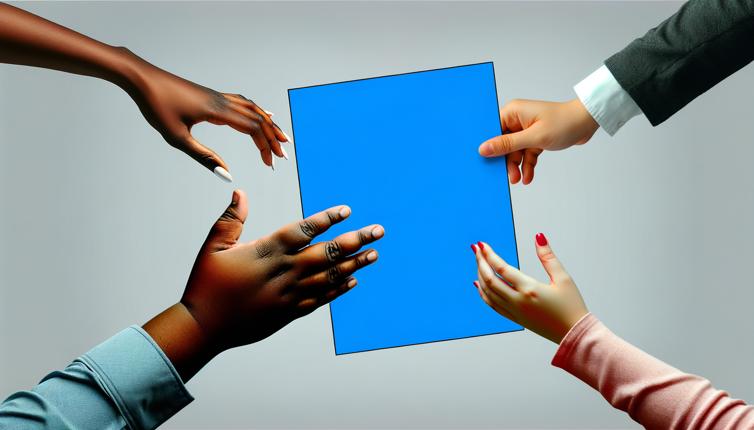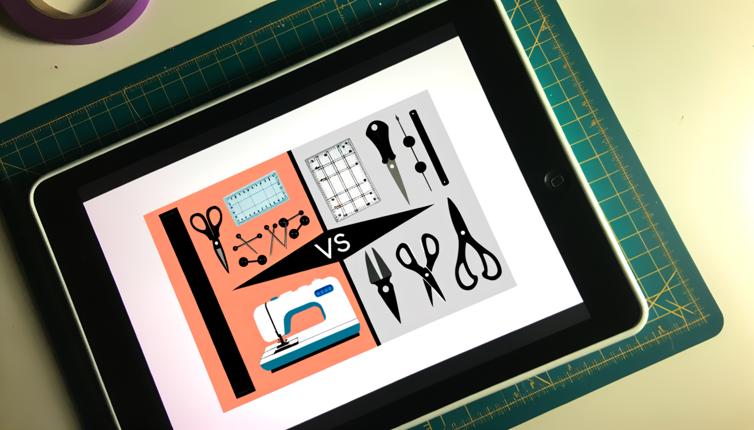The Advantages of Bigger Canvas Size
More room for details: One of the biggest advantages of working with a bigger canvas size is that it gives you more room to add details to your artwork. Whether you're working on a painting or a digital illustration, having more space means you can include finer details and intricate elements in your composition.,Better for large prints: If you plan on printing your artwork in a large format, like a poster or a banner, starting with a bigger canvas size will ensure that the final print looks sharp and high-quality. Scaling up a smaller artwork can result in pixelation and loss of detail.,Allows for experimentation: Working on a bigger canvas size gives you the freedom to experiment with different techniques and styles. You can try out new brush strokes, layering effects, and compositions without worrying about running out of space.,Easier to downsize: If you start with a bigger canvas size and decide later on that you want a smaller final output, you can easily resize and downscale your artwork without losing too much detail. It's much harder to upscale a smaller artwork without sacrificing quality.
The Benefits of Smaller Canvas Size
Faster workflow: Working with a smaller canvas size can significantly speed up your workflow. Smaller files are quicker to save, open, and edit, which can be especially beneficial if you're working on a slower computer or dealing with limited storage space.,Less intimidating: Starting with a smaller canvas size can be less intimidating, especially for beginners or artists who prefer a more focused approach. With less space to work with, you can concentrate on essential elements and simplify your composition.,Better for online sharing: If you primarily create digital artwork for online platforms, like social media or websites, a smaller canvas size is often more practical. Smaller files are easier to upload and download, and they load faster for viewers.,Great for studies and sketches: Smaller canvas sizes are ideal for quick studies, sketches, and concept art. They allow you to explore ideas and experiment without committing to a larger piece. Plus, you can create multiple small artworks in the time it takes to finish one big piece.
Conclusion
In the end, the choice between a bigger or smaller canvas size depends on your individual preferences and the specific requirements of your project. If you value detail and plan on printing your artwork in large formats, a bigger canvas size may be the way to go. On the other hand, if you prefer a faster workflow and primarily create digital art for online sharing, a smaller canvas size might be more suitable. Experiment with different sizes to find what works best for you, and remember, there's no right or wrong answer.









